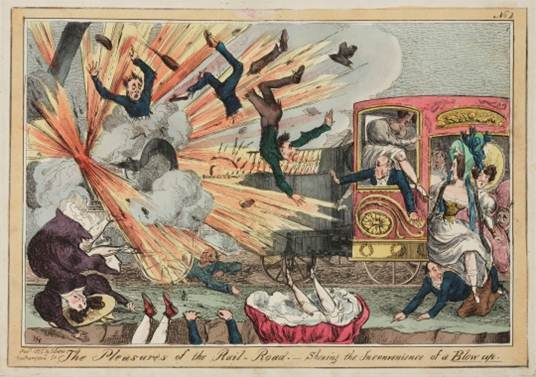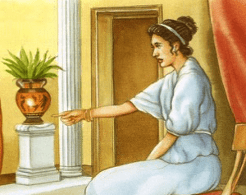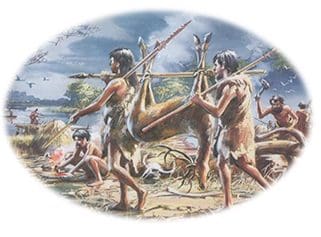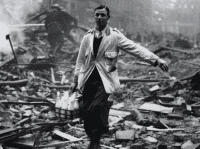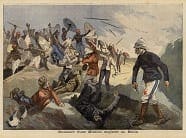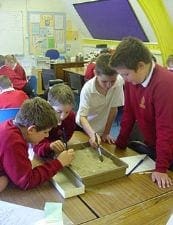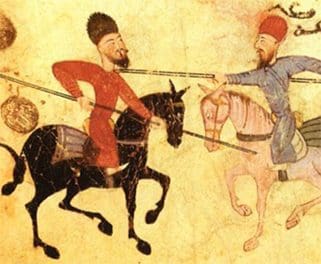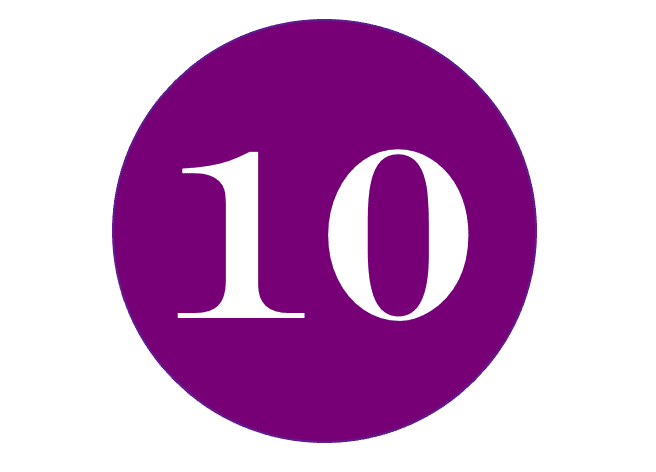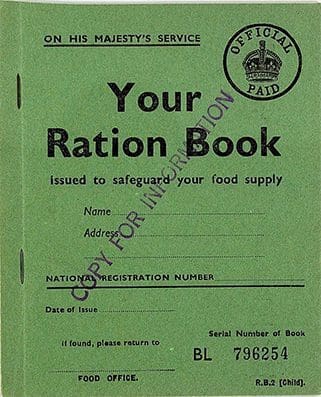
In order to prevent serious shortages, as early as 1936 the British Ministry of Food had begun to make plans for the supply, control and distribution of foodstuffs. In addition to making stockpiles and preparing food control policies, by the summer of 1939 the Ministry had already printed 50 million ration books, ready to be used when necessary. You might want to draw parallels with the government’s actions as I write in September 2021 during a period of difficulty regarding shortage of lorry drivers and difficulties of getting petrol to the pumps ,food on the shelves and toys for Christmas.
The first commodity to be rationed in late 1939 was petrol, followed in January 1940 by the first foodstuffs: bacon, ham, butter, and sugar. Other products soon followed, especially foods that were normally imported or came from scarce animal sources, such as meat, cheese, margarine, eggs, milk, tea, breakfast cereals,

